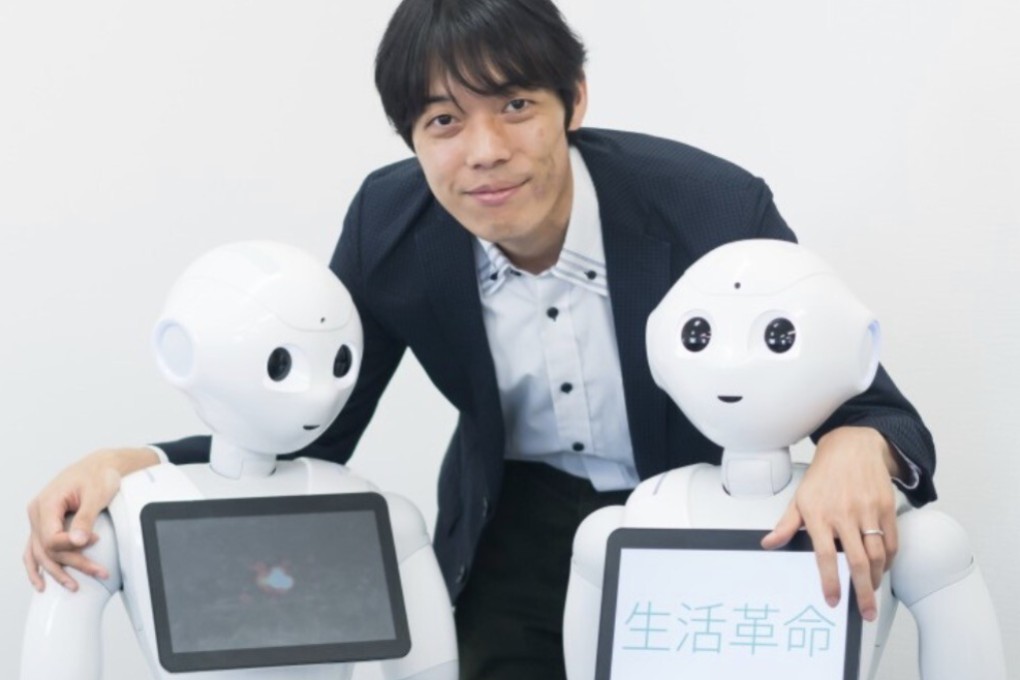Covid-19 lockdown marks upturn for robots as they take over jobs humans normally do, from serving food to stacking shelves to helping us feel less lonely
- In Japan, avatar robots are used by remote agents to show buyers around houses, and a rental service hires out companion robots to stop people feeling lonely
- Aibo, a robotic dog developed by Sony, can be rented for a week for US$142; meanwhile, the human-sized Model-T restocks drink shelves at a FamilyMart in Tokyo

The coronavirus pandemic has forced society to reshape how people interact, and robots are fast filling the void, even to the point of helping alleviate feelings of loneliness in a socially distant world.
In February, Japanese robot and technology solutions company Seikatsu Kakumei began selling what it dubbed a “digital teleportation robot” package to help businesses carry out customer-facing activities during the pandemic.
By helping shops, showrooms, conventions and trade exhibitions handle visitors, robots “can bring people closer to the normal state of communication”, said chief executive Yuko Miyazawa. “Being holed up in a room is unnatural for human beings,” he added.

The service, which quickly became one of the company’s most popular products, provides remote-controlled avatar robots to replace staff. The operator’s face is shown in real-time on a tablet screen at the top of the robot, which can be navigated to lead customers to product displays.
“People come because they want to see the actual product,” Miyazawa said. “If that value is lost, then there’s no difference to just shopping online.”